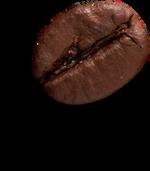






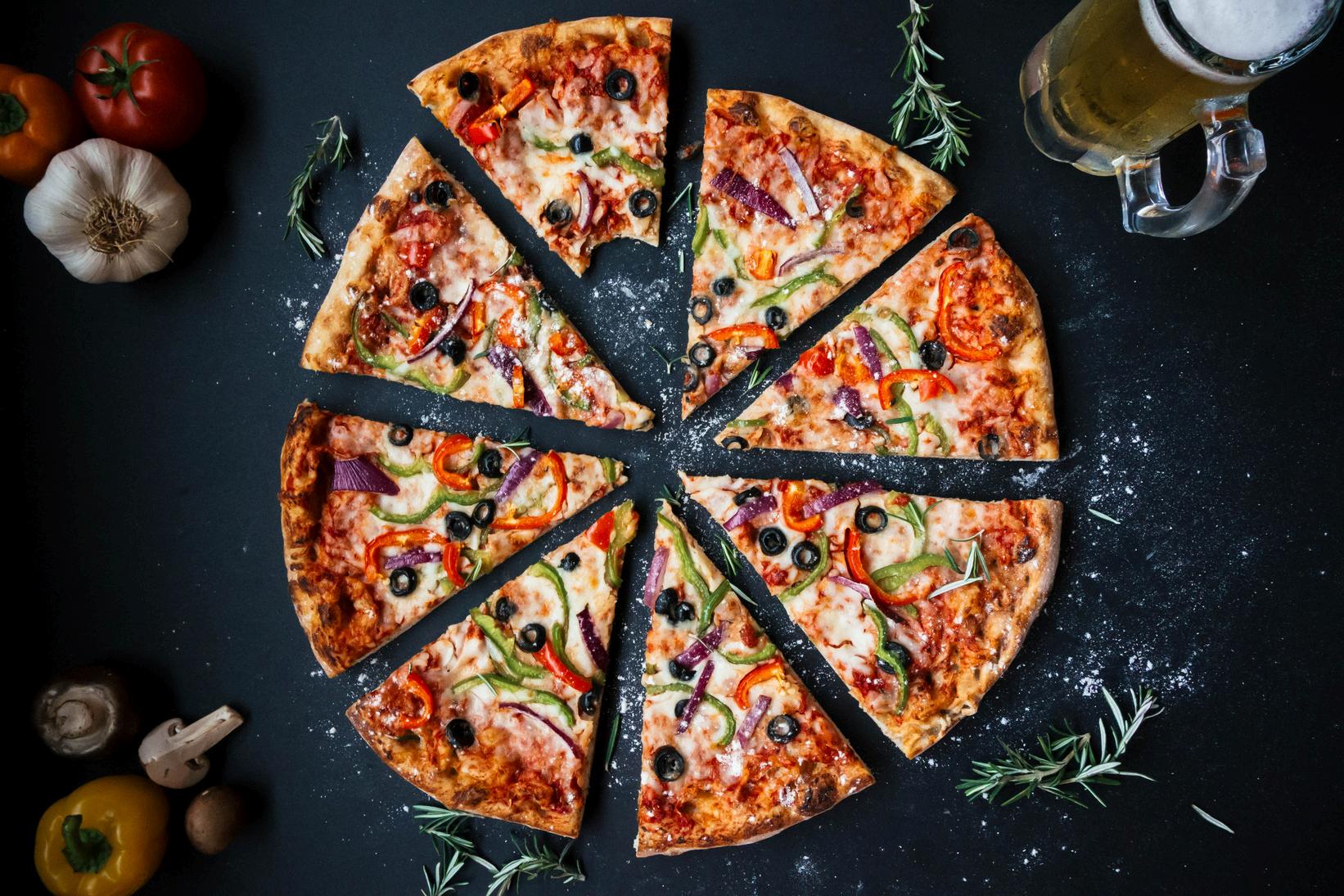
In this month's issue of TableScape magazine, we discuss one of my all-time favorite foods.
See, pizza is not just a meal for me and my family. It’s an experience, one that we look forward to all week.
Growing up, mom had a part-time job and when Dad picked her up on Friday evening, he also picked up the pizza. My siblings and I would prepare the family room with snack trays and drinks, anticipating those two magical pies' Dad would carry in.
Now everybody has their favorite pizza, favorite style, favorite toppings, and every one of those favorites is exactly right for you. I read or watch dozens of pizza reviews each week and marvel at the comments made by self-appointed connoisseurs that have no trouble telling you why everything you love about your favorite pie is wrong
So whether it’s New Haven, Detroit, or New York style, your pie is your pie. In this month's issue, we give equal voice to all styles, even that hybrid from Chicago known as Deep Dish
So, sit back and enjoy as we share some great recipes, teach you a few things about the history of pizza and even discuss the science that got you addicted in the first place. Because as our good friend Julia child once said:“ People Who Love to Eat Are Always the Best People.”
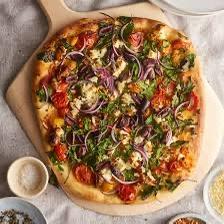
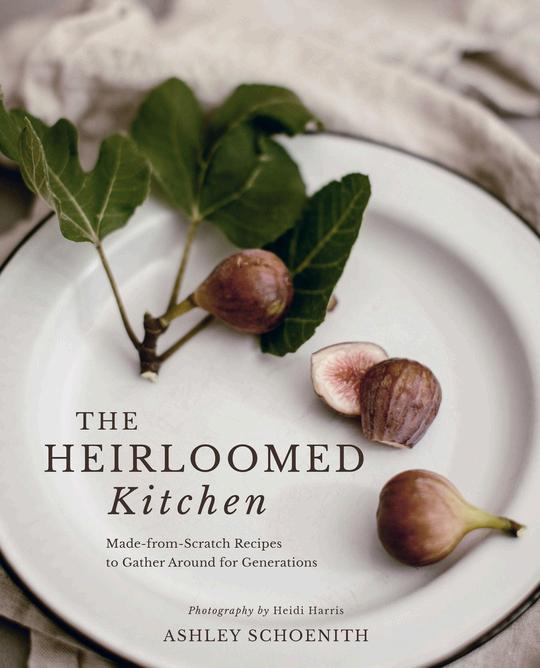
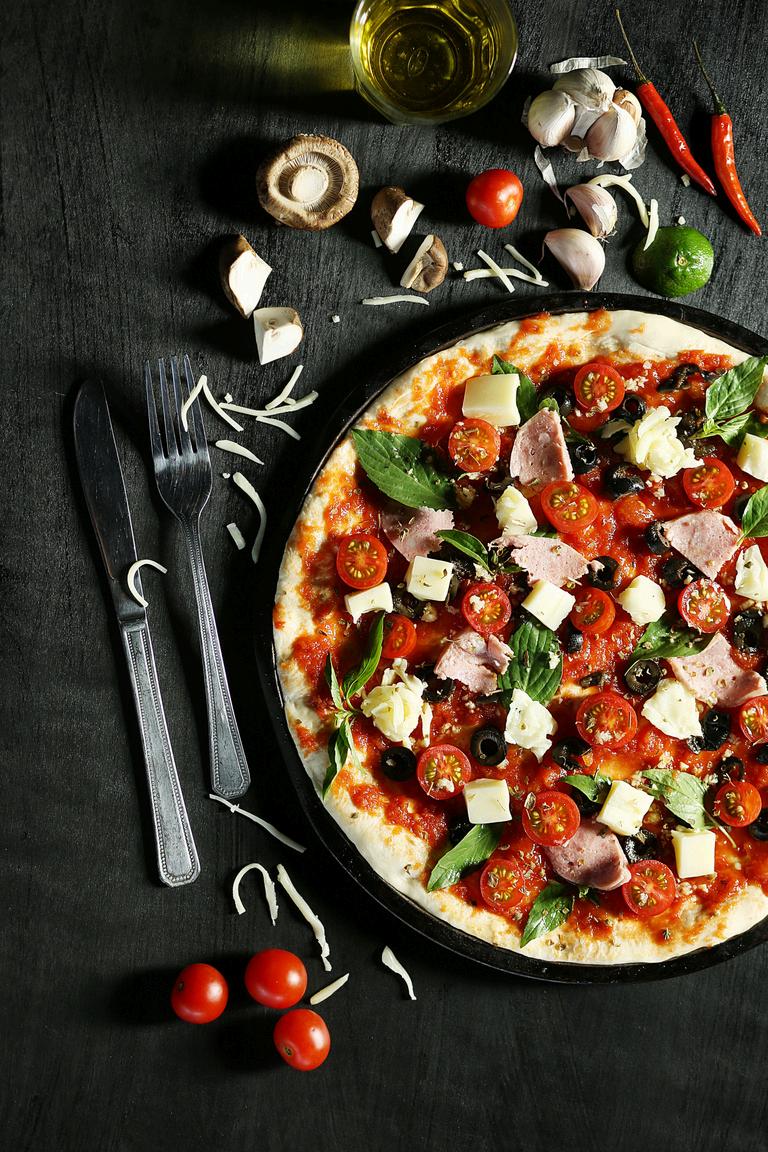













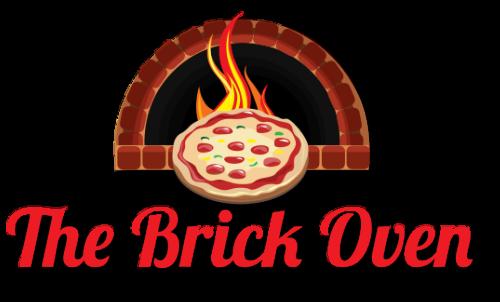



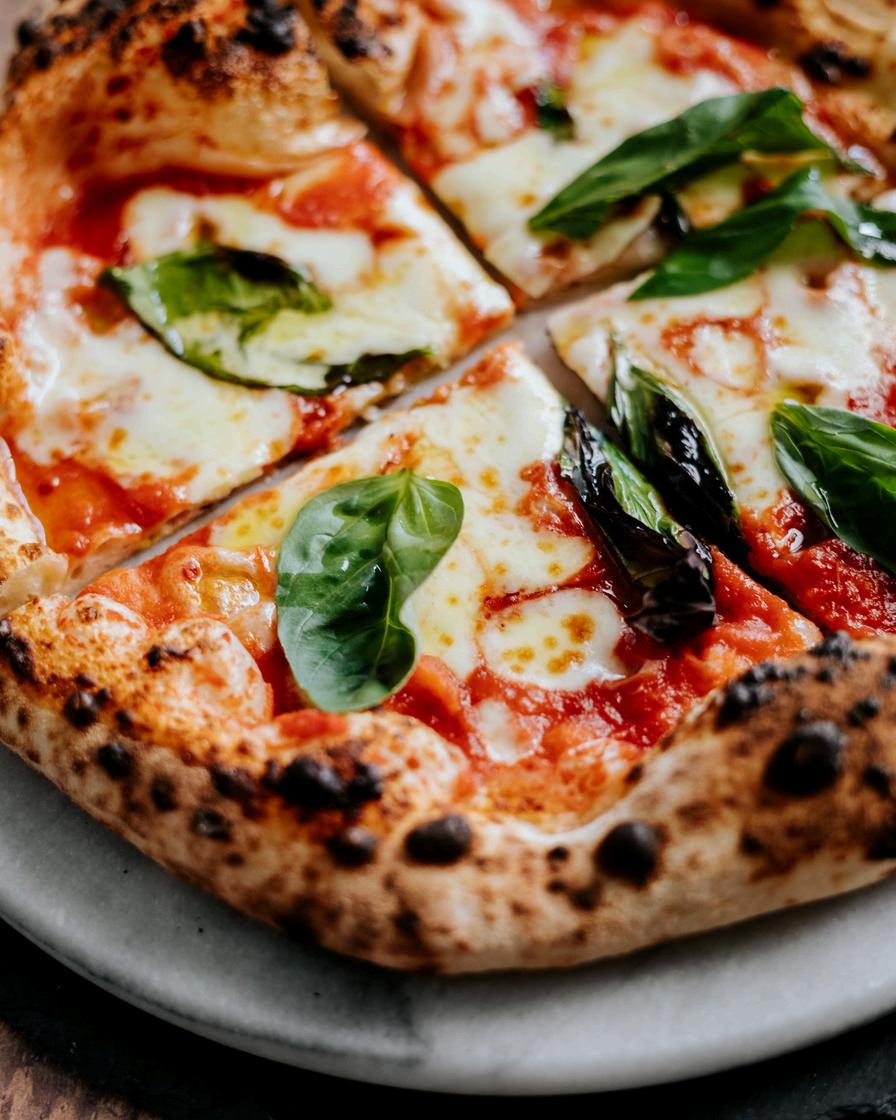

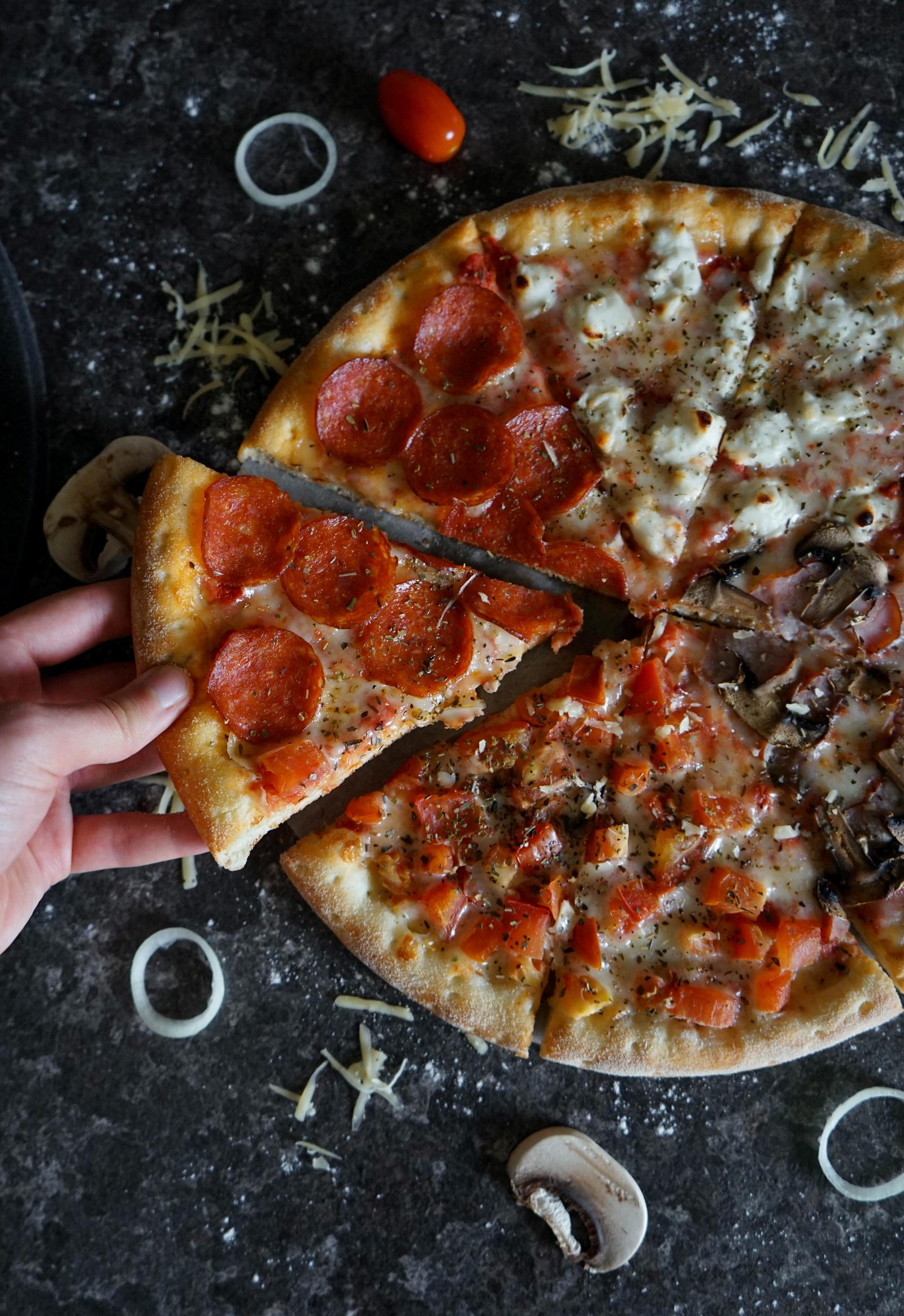
When this assignment came across my desk, I looked skyward and said thank you, Lord. I envisioned copious amounts of research on the company expense account and hundreds of slices lined up just begging for my approval. What I found was something a little more primal and a little less exotic.
There’s a scientific reason so many of us are drawn to Apizza as my grandfather called it. Humans are drawn to foods that are fatty, sweet, rich, and complex. Pizza has all of these components. The cheese is fatty, meat toppings tend to be rich, and the sauce is sweet.

Pizza toppings are also packed with a compound called glutamate, which can be found in the tomatoes, cheese, pepperoni, and sausage. When glutamate hits our tongues, it tells our brains to get excited and to crave more of it. This compound actually causes our mouths to water, anticipating the next bite. Then there are the combinations of ingredients. Cheese and tomato sauce are a perfect pairing. On their own, they taste pretty good. But according to culinary scientists, they contain flavor compounds that taste even better when eaten together.
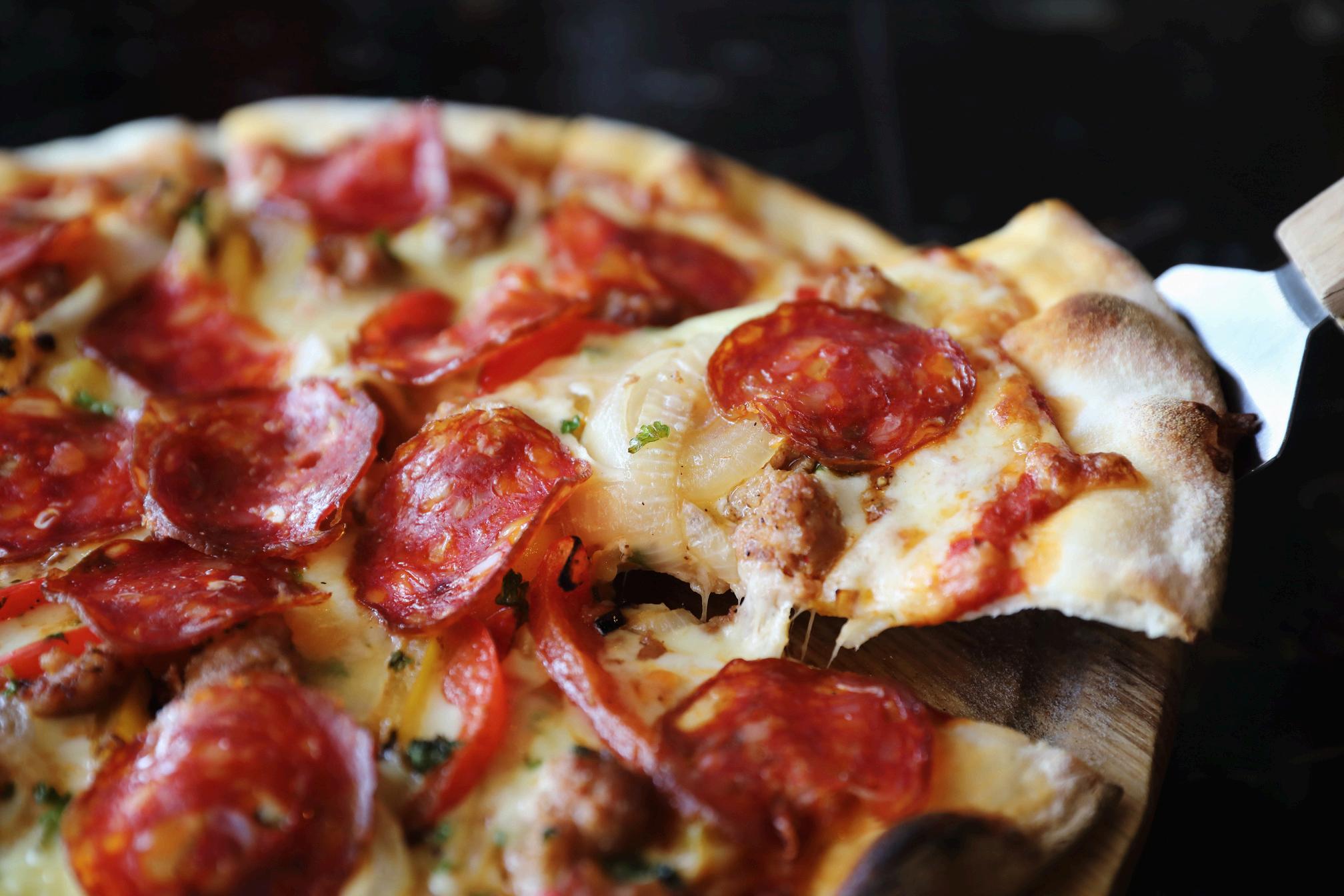
Another interesting quality, the ingredients brown while cooking. Foods turn brown and crispy when we cook them because of two chemical reactions. The first is called caramelization, which happens when the sugars in a food become brown. Most foods contain at least some sugar; once foods are between 230 degrees and 320 degrees, their sugars begin to turn brown. Caramel is made from several thousand compounds, making it one of the most complex food products. On pizza, ingredients such as onions and tomatoes become caramelized during baking, making them rich, sweet and flavorful. That brown and crispy crust is also a result of caramelization.
While the meat and cheese on your pizza also get brown, this is due to a different process called the “Maillard reaction,” which is named after French chemist Louis-Camille Maillard.
The Maillard reaction occurs when the amino acids in high-protein foods such as cheese and pepperoni react with the sugars in those foods when heated. Pepperoni that becomes crispy with curled edges, and cheese that browns and bubbles, are examples of the Maillard reaction.
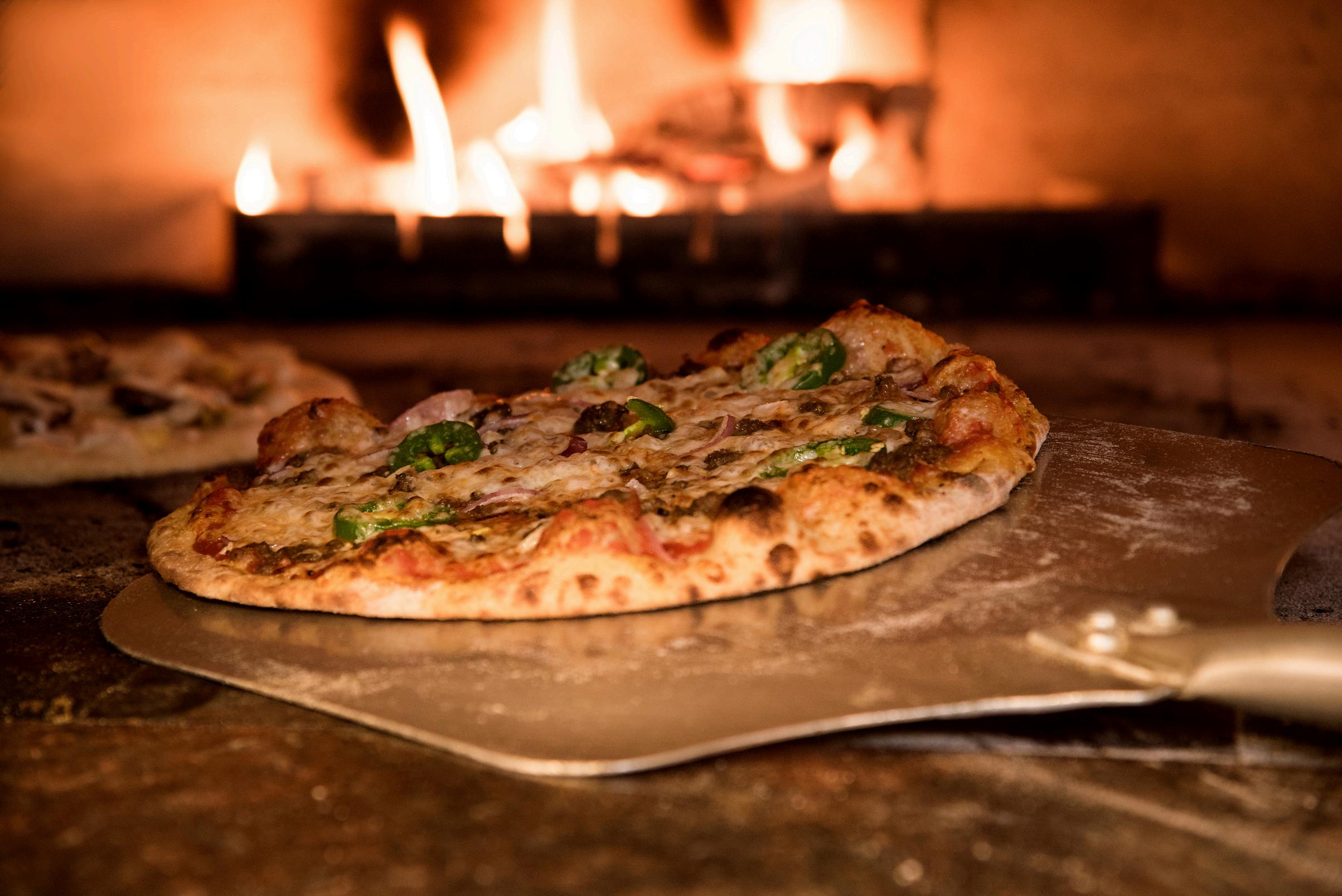
So, while my lifelong love affair with the pizza pie seemed pure and of the heart and taste buds, I’ve learned that it’s also primal. It has a lot to do with chemicals and our brains' reaction to them. While I used this assignment as an excuse to sample my way across the Gulf Coast, I also learned that this pizza thing I’ve got is bigger than love. And that’s a pretty big thing. With bread, cheese, and tomato sauce as its base, pizza might seem like simple food. But as we clearly learned, there is a lot more at play here than attraction.
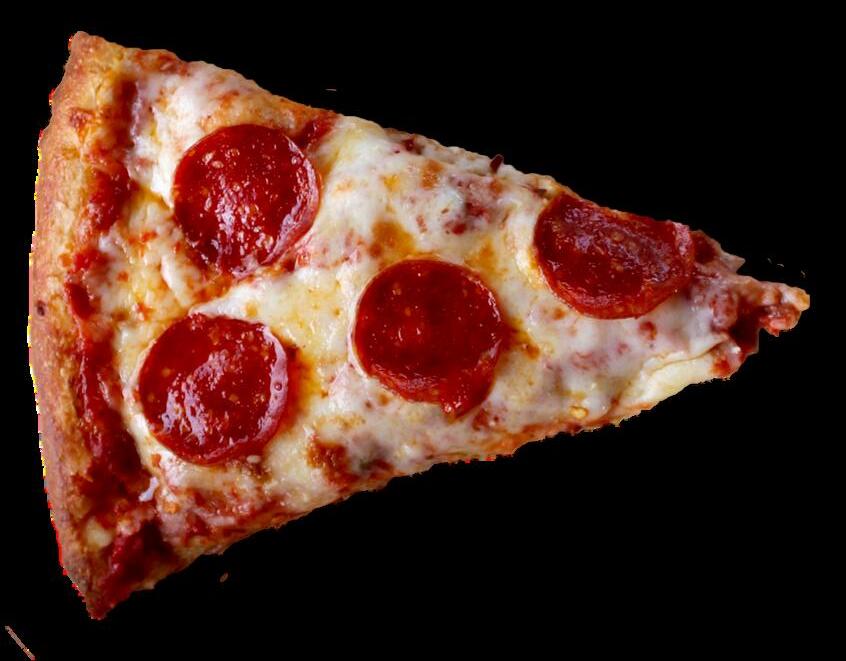




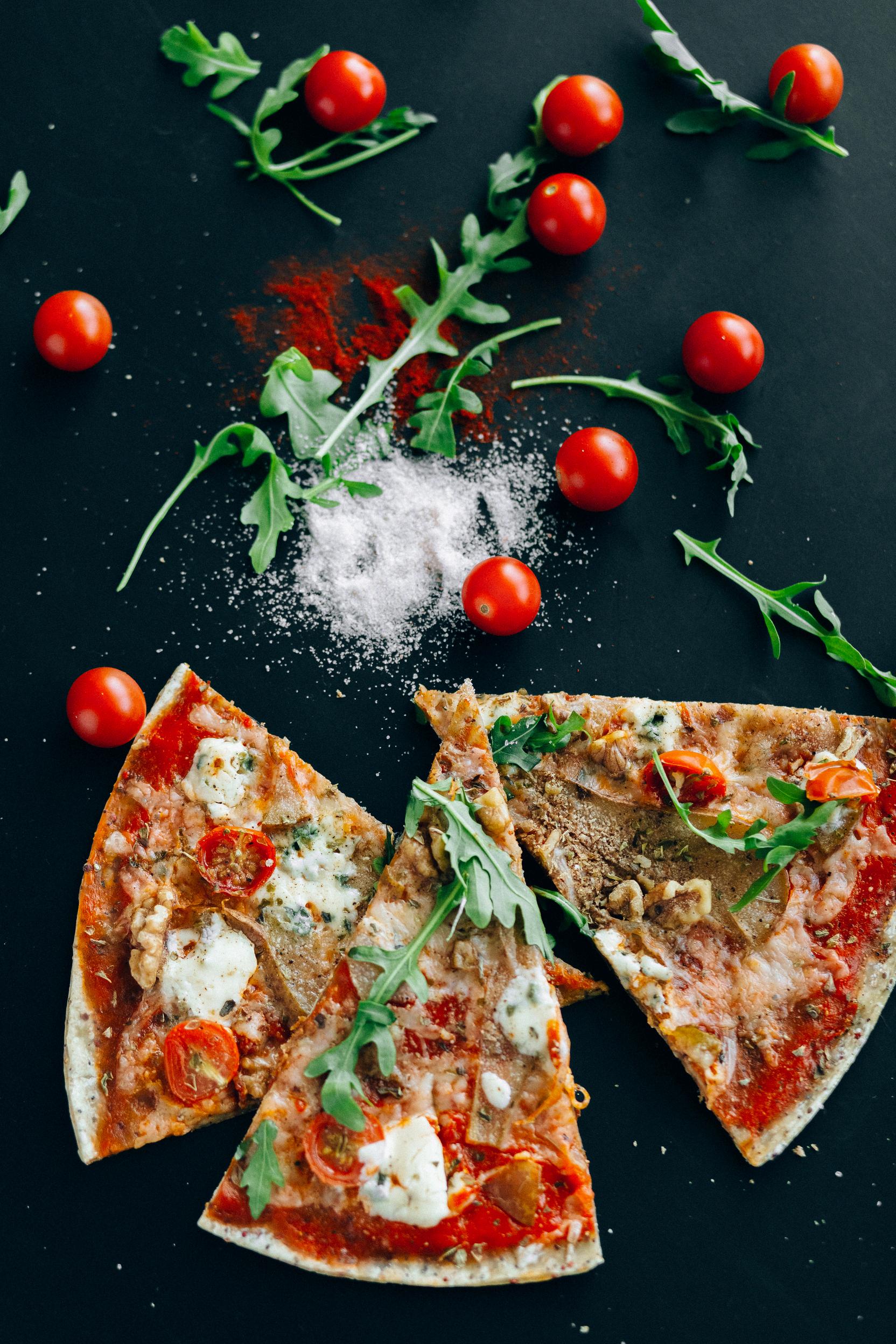
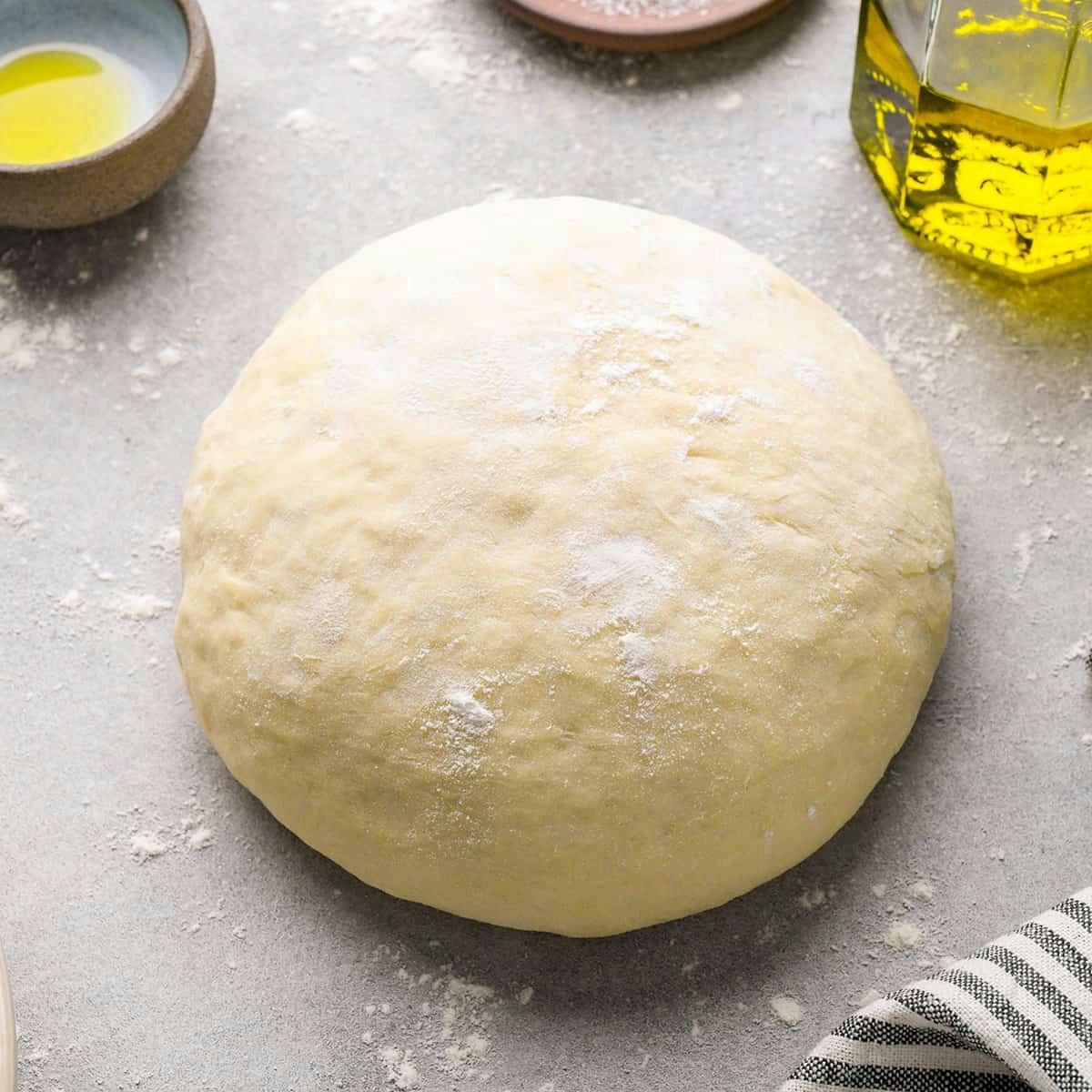
2-2 ⅓ cups all-purpose flour OR bread flour divided
1 packet instant yeast (2 ¼ teaspoon)
1 ½ teaspoons sugar
¾ teaspoon salt
⅛-¼ teaspoon garlic powder and/or dried basil
leavesoptional
2 Tablespoons olive oil + additional
¾ cup warm water

Combine 1 cup of flour, instant yeast, sugar, and salt in a large bowl. If desired, add garlic powder and dried basil at this point as well. Add olive oil and warm water and use a wooden spoon to stir well very well. Gradually add another 1 cup of flour. Add any additional flour as needed, stirring until the dough is forming into a cohesive, elastic ball and is beginning to pull away from the sides of the bowl. The dough will still be slightly sticky but still should be manageable with your hands.
Drizzle a separate, large, clean bowl generously with olive oil and use a pastry brush to brush up the sides of the bowl.
Lightly dust your hands with flour and form your pizza dough into a round ball and transfer to your olive oil-brushed bowl. Use your hands to roll the pizza dough along the inside of the bowl until it is coated in olive oil, then cover the bowl tightly with plastic wrap and place it in a warm place. Allow dough to rise for 30 minutes or until doubled in size. If you intend to bake this dough into a pizza, I also recommend preheating your oven to 425F at this point so that it will have reached temperature once your pizza is ready to bake. Once the dough has risen, use your hands to gently deflate it and transfer to a lightly floured surface and knead briefly until smooth (about 3-5 times).
Use either your hands or a rolling pin to work the dough into 12" circle. Transfer dough to a parchment paper lined pizza pan and either pinch the edges or fold them over to form a crust.
Drizzle additional olive oil (about a Tablespoon) over the top of the pizza and use your pastry brush to brush the entire surface of the pizza (including the crust) with olive oil.
Use a fork to poke holes all over the center of the pizza to keep the dough from bubbling up in the oven.
Add desired toppings and bake in a 425F preheated oven for 13-15 minutes or until toppings are golden brown. Slice and serve.




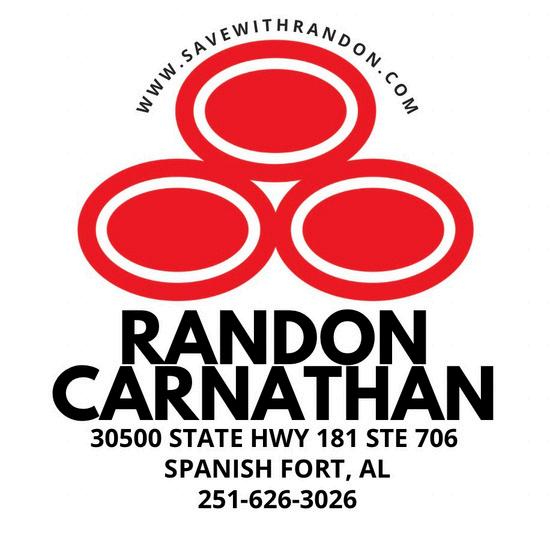


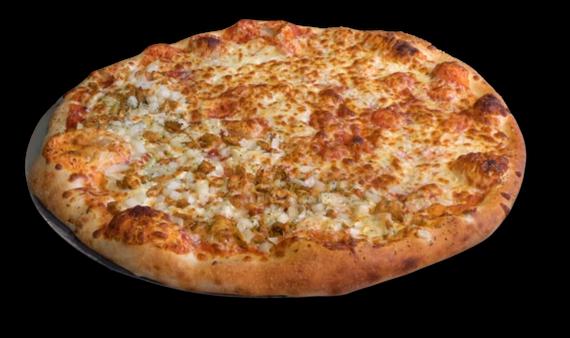
Turns out, pizza has been the food of choice for a fast and easy meal for centuries.
Pizza began as flatbread on the tables of Ancient Egypt, Rome, and Greece. By the 1700s, the Greek settlement in Naples had morphed into a thriving city and pizza was their go-to meal after a busy day at work.
Sound familiar?
According to www.History.com, pizzas were crafted from flatbread and toppings such as cheese, oil, anchovies and garlic, sold by street vendors. When tomatoes landed in Europe in 1522, brought over from the New World, they too landed on top of the pizza. Not because they were tasty and wonderful. Quite the opposite.

Europeans were suspect of the smooth, round fruit. Rumors abound that the tomato was poisonous.
So, they quickly ended up on concoctions prepared by the poorest of the city, thus creating the cheese, spice, tomato trifecta that is the staple of a perfect pizza today. It was quick, cheap and easy food. It was also looked down upon by the upper echelons of society.
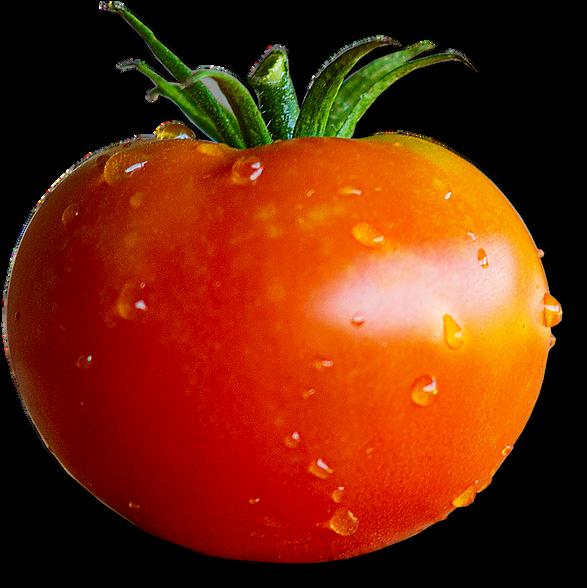
The queen visited the city in 1889, several years after the nation unified as a single entity, combining small independent settlements such as Naples. Bored with her fancy tables full of cuisine specially prepped for a royal palate, the queen demanded the local fare: pizza. There’s no evidence, but it’s certain her courtiers were aghast. The queen must have persisted, as queens tend to do. Was there a servant in the corner, snickering? Surely, there must have been. For he knew that after that first bite, Queen Margherita would be a believer. And she was. So much so, the story goes, that the entire world still dines on her favorite variety, the pizza Margherita, topped with soft white cheese, red tomatoes, and green basil.
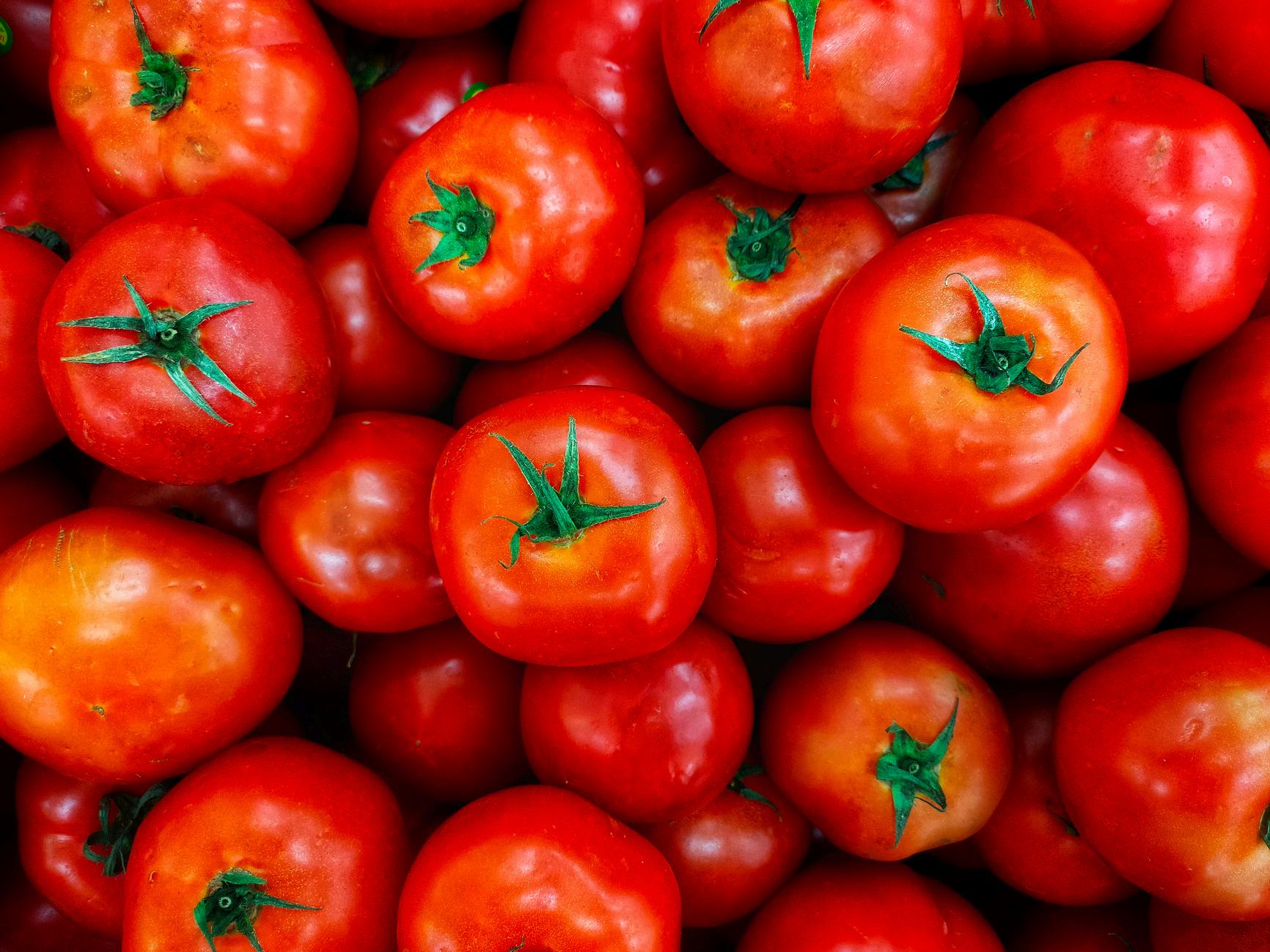

The flip side of that fairy tale, however, is the owner of Pizzeria Brandi, whose 1880s kitchen is still tossing pizzas today. He was the chap summoned to bring the queen her pizza. Some historians say it never happened. Instead, the pizza maker and marketing genius, was petitioning the government at the time to give him permission to name his restaurant “Pizzeria della Regina d’Italia” or Pizzeria of the Queen of Italy. It would help quite a bit if the public thought royalty ate his pizza, wouldn’t it? Hence, his questionable introduction to the queen.
Meanwhile, across the Atlantic, immigrants were crafting their pizzas in kitchens in New York, Boston, Chicago, and other American cities. The first pizzeria opened in Manhattan in 1905 and is still in operation today, though it has changed locations. By World War II, pizza ceased to be an ethnic treat served in Italian kitchens and skyrocketed to the center of the American food pyramid. In the 1950s, pizza became more ingrained in American society through its glamorous connections. It was featured in episodes of popular television shows like “I Love Lucy” and the “Honeymooners.” When Dean Martin crooned about the moon lighting the sky like a big pizza pie, that’s not just amore, that’s big bucks. The star power pushing pizza to the top of every menu combined with an increase in families’ disposal income after the war resulted in the public wanting more pizza. According to TJ’s Take & Bake Pizza history, the first frozen pizza was introduced in 1957 by the Celentano Bros.
By this time cars were in most driveways meaning it was easier to deliver hot food. After a long day at work, with hungry kids, who do you think they called?
Pizza Hut opened in 1958. Little Caesars in 1959 and Dominic’s (later renamed Domino’s) in 1960.

As the pizza’s dominance as the go-to meal for American families grew, so did America’s need to personalize it. Restaurants began competing for business by topping the simple recipes with previously unimaginable combinations. And yeah, pineapple is pretty good on pizza, but that didn’t happen in Hawaii. According to Time magazine, in 1962 a chef in Canada added the fruit to pizzas he served at his Ontario-based restaurant to attract customers. It was a hit.
Today, pizza is a worldwide sensation. It became uniquely American and spread globally, including right back to Naples, where it was born. Experts put the number of pizzas served each year globally at 5 billion. The country that consumes the most pie is not, in fact, America. Experts say Norway consumes the most pizza with most individuals there eating 11 pounds (ca. 5 kg) of it annually. And just like those first pizza crafters, and even the queen herself, maybe, pizza is adored for what pizza has always been quick, easy and delicious. That’s amore.
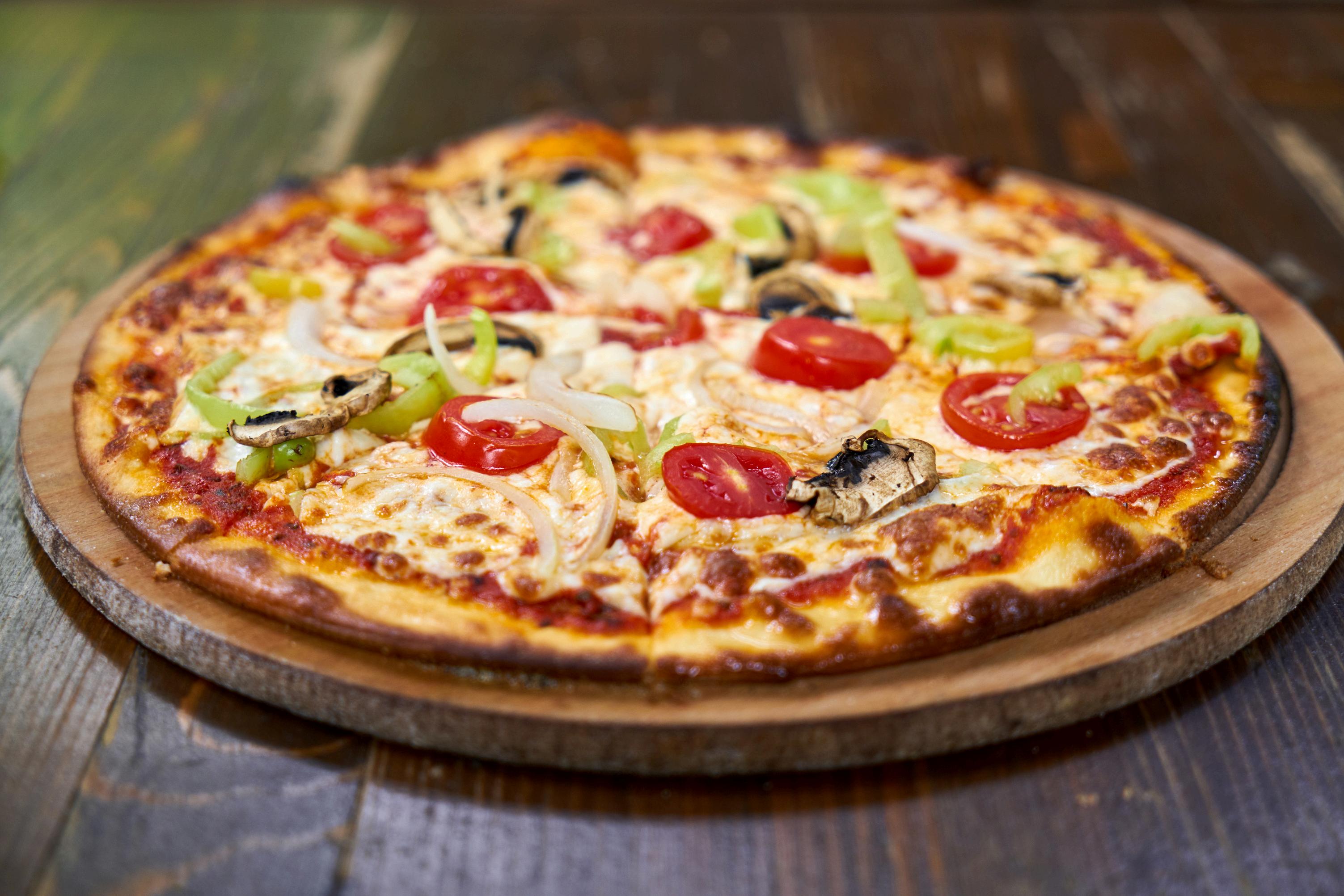



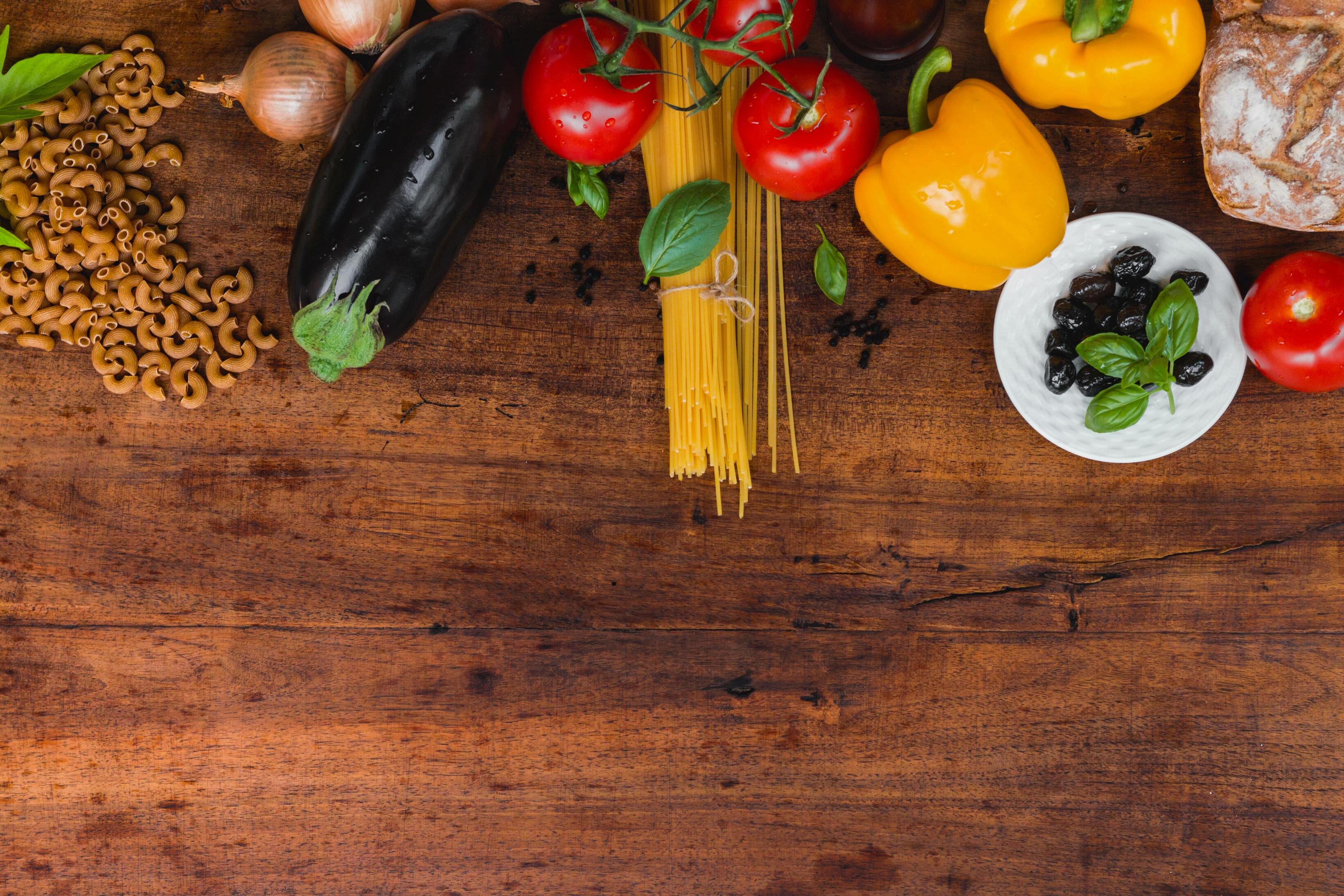
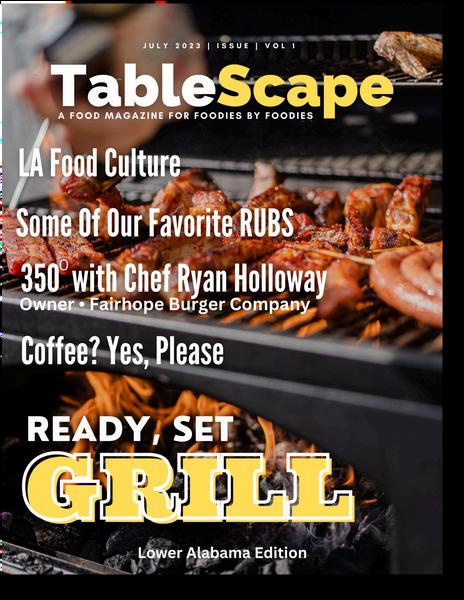







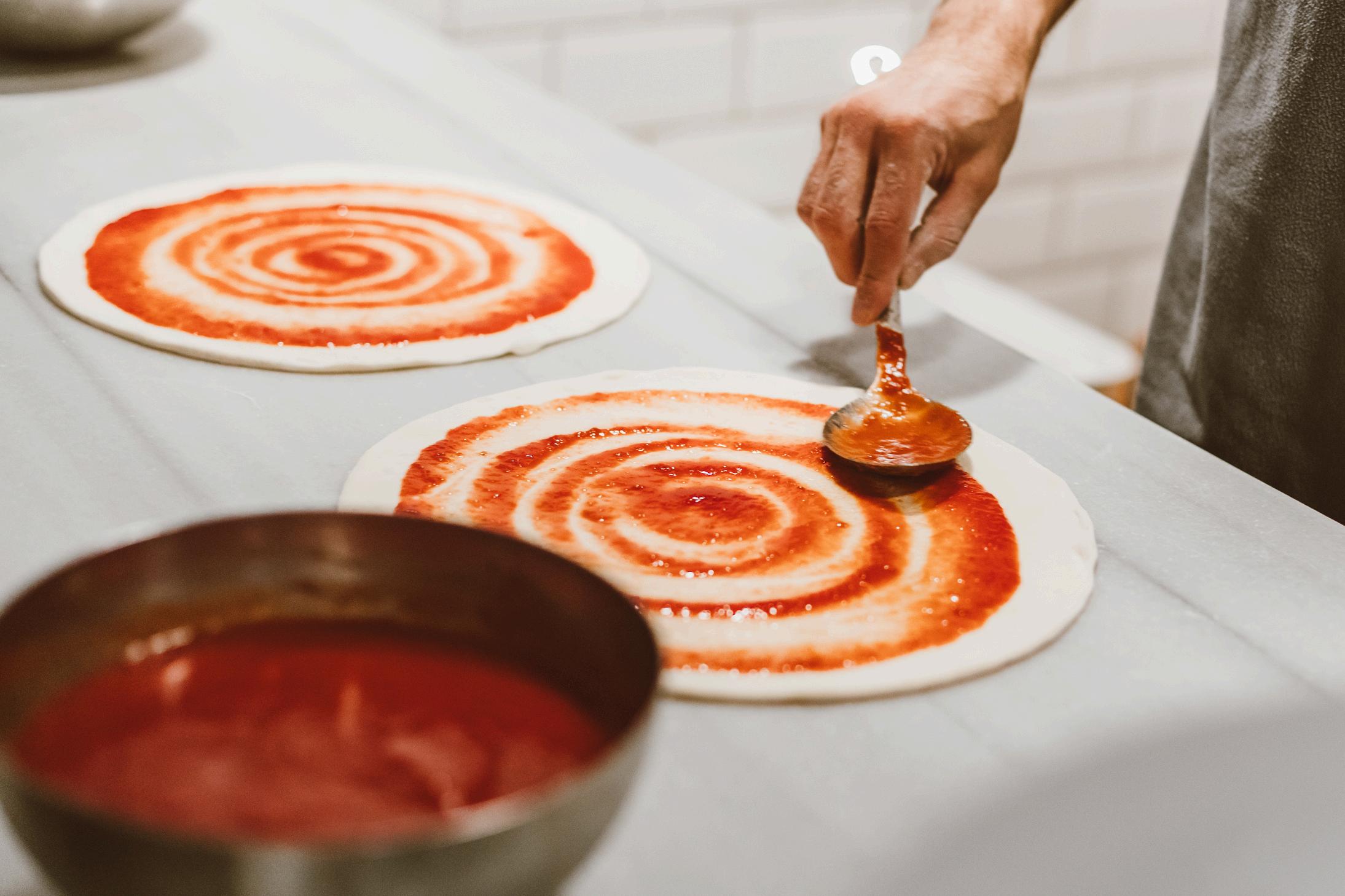
2 tablespoons extra virgin olive oil
¼ cup minced or grated yellow onion
1 tablespoon minced or grated garlic (3 cloves)
⅛ teaspoon crushed red pepper, plus more to taste
¼ cup tomato paste
1 (28-ounce) can crushed tomatoes
1 teaspoon dried oregano or Italian seasoning
1 teaspoon granulated sugar
1 teaspoon kosher salt
Black pepper
Step 1
Heat the olive oil in a medium saucepan set over medium-low. Add the onion, garlic and red pepper and cook, stirring often, until tender but not browned, 3 to 5 minutes.
Step 2
Stir in the tomato paste and cook, stirring often, until the paste darkens and colors the oil in the pan, about 1 minute. Add the crushed tomatoes, oregano, sugar, salt and black pepper to taste. Bring to a simmer over medium-high. Reduce the heat to low, cover and simmer, stirring occasionally, until the sauce is slightly thickened, about 15 minutes. Taste and adjust seasonings, if necessary, and cool before using.

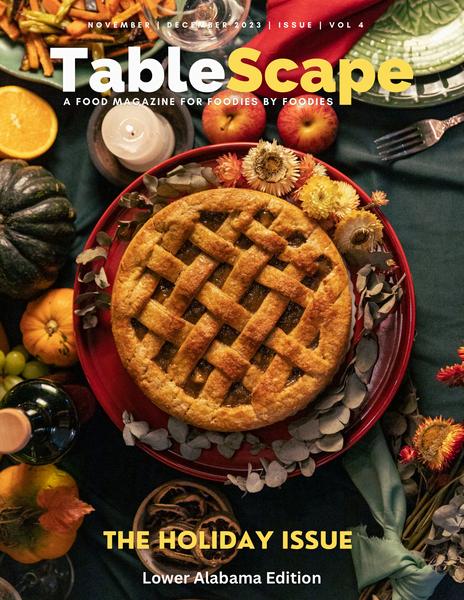

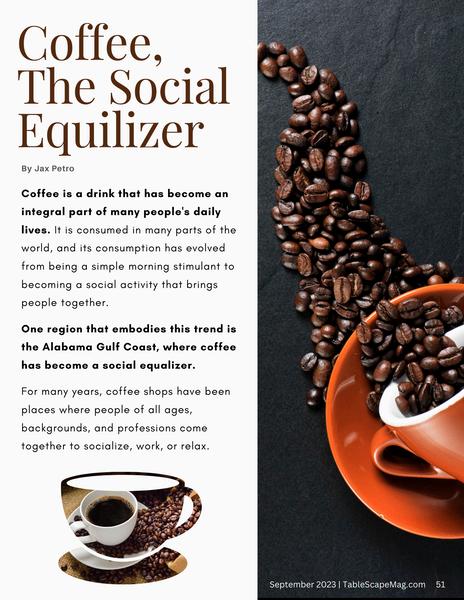


INGREDIENTS FOR THE CRUST
1 1/4 teaspoon instant dry yeast
1 teaspon sugar
1/2 cup (120 ml) lukewarm water
2 cups (240g) all-purpose flour
1 1/2 Tablespoon yellow corn meal
3/4 teaspoon salt
2 Tablespoons (30g) butter, melted and slightly cold
1 Tablespoon canola oil
1 Tablespoon olive oil (for greasing the bowl only)
INGREDIENTS FOR THE SAUCE
2 Tablespoons olive oil
1 small onion, grated or minced
1 Tablespoon dried oregano
1/2 Tablespoon crushed red pepper flakes (optional)
3 garlic cloves, minced
1 can (28 oz/793g) crushed tomatoes with basil
2 teaspoons tomato paste
INGREDIENTS FOR THE FILLING
6 oz (170g) mozzarella cheese, sliced
2 Italian sausages, sliced (optional)
2–3 Tablespoons (30-45g) parmesan cheese
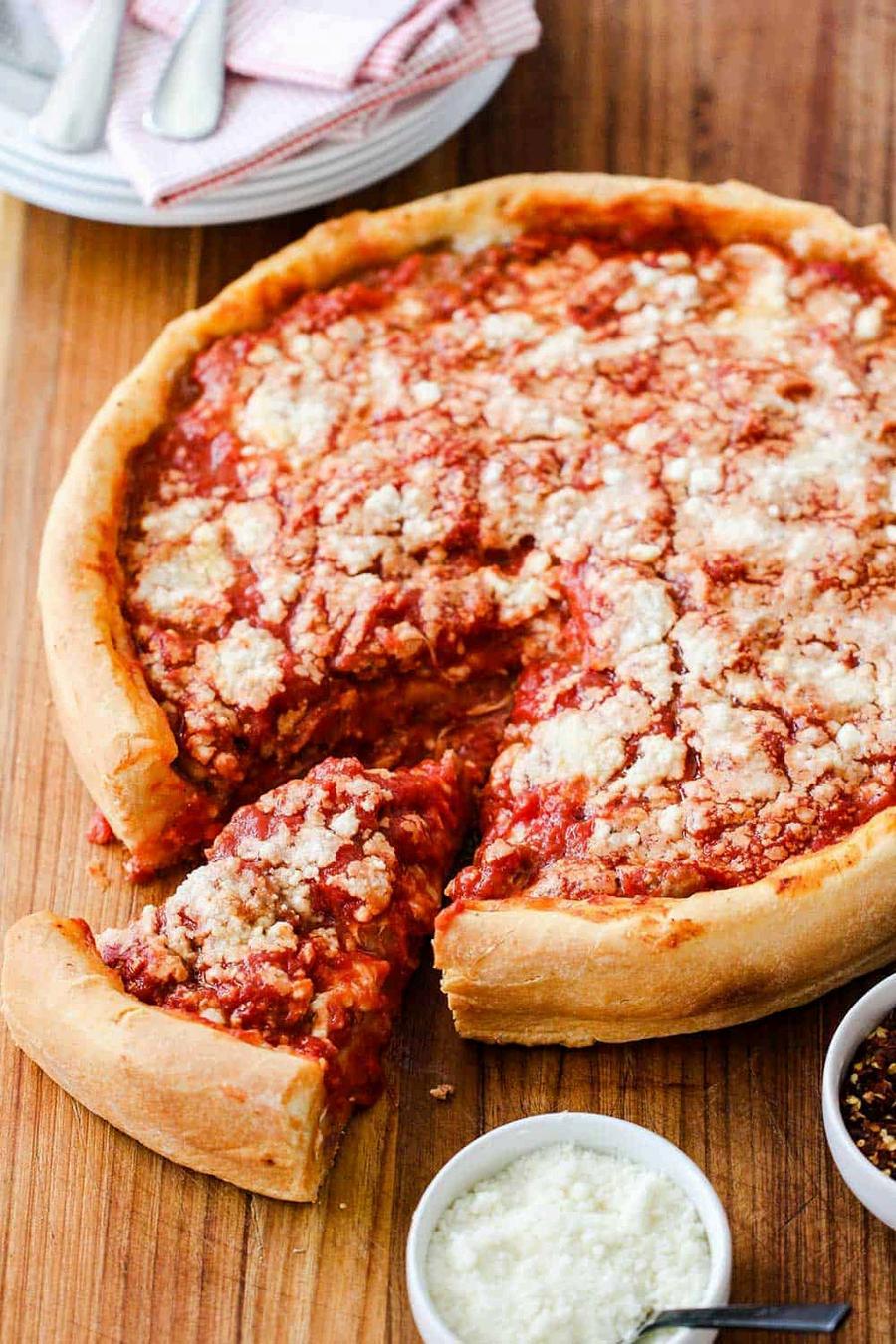


1. Bring the dough to a floured surface and knead until it forms a smooth ball.
3.
In a small bowl, combine the active dry yeast, sugar, and lukewarm water together and let sit for one minute. In a large mixing bowl, combine the flour, cornmeal, and salt. Add the yeast mixture, melted butter and canola oil into the dry ingredients and stir until dough forms.
2. Move the dough to large bowl drizzled with olive oil. Coat the dough in oil and cover and let rest for 1 hour.
2.
Preheat your oven to 425°F (215°C). 1. Remove the dough and bring it onto a floured surface. Roll it out into a 12inch (30 cm) circle. You want to stretch it out as much as you can to make a large circle. The dough needs to be stretched out enough to cover the bottom and sides of the baking pan.
3.
Using a rolling pin as a guide, place over a 9×2-inch (23×5 cm) deep dish cake pan or cast-iron skillet. Using your fingers, press the dough into the cake pan. Make sure it is nice and tight fitting inside the pan. Trim any excess of dough off the edges with a small knife. Brush the top edges of the dough with a little olive oil, which gives the crust a beautiful sheen.Fill the pizza with a first layer of mozzarella cheese, a second layer with the slices of Italian sausage if using, and a third layer of tomato sauce on top. Sprinkle with grated parmesan cheese on top. Bake for 20-30 minutes, or until the crust is golden brown and the filling is set. To prevent the edges from burning, cover with foil after 15 minutes baking.


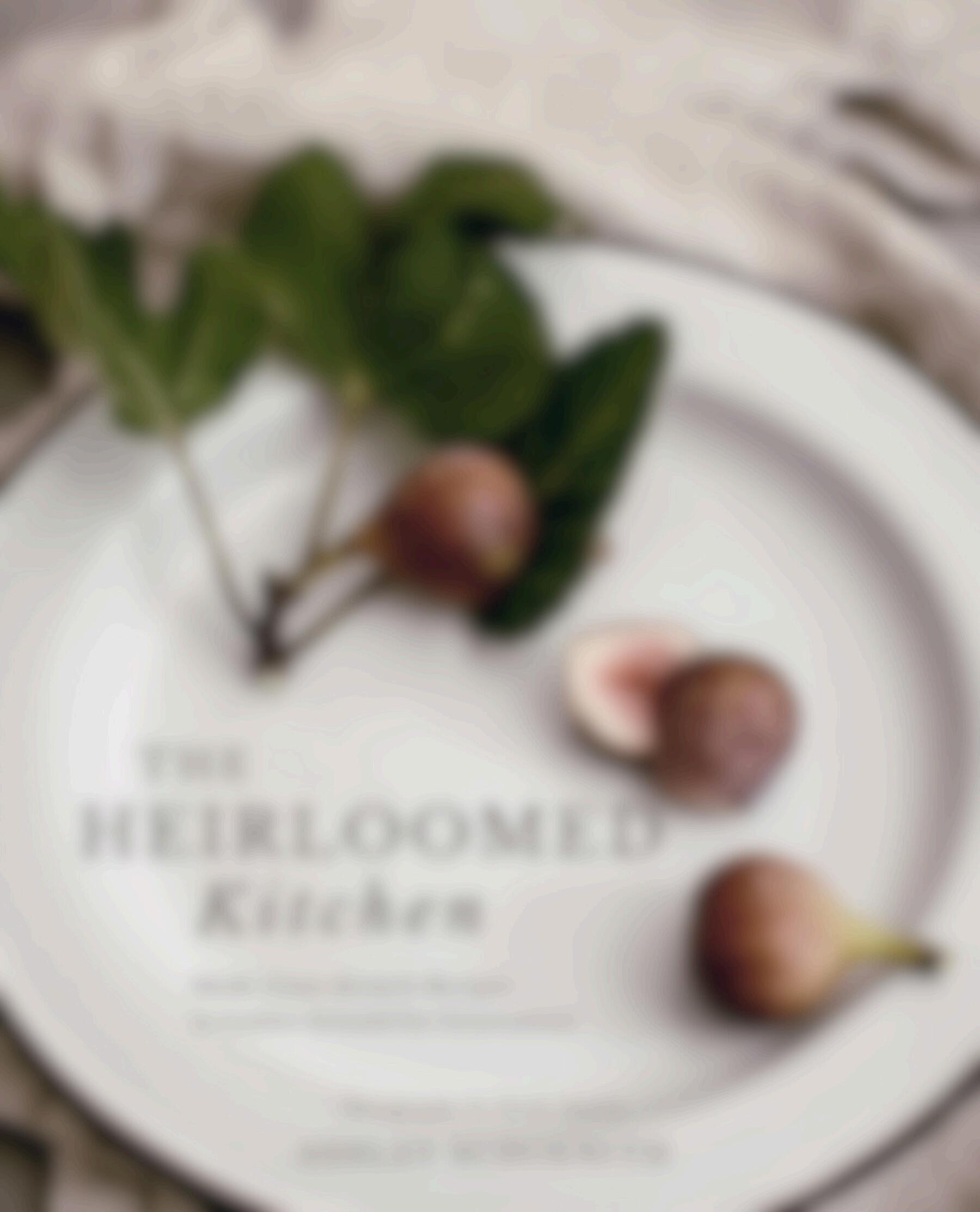


Heirloom, made-from-scratch recipes featuring fresh, local ingredients create the perfect combination for Ashley Schoenith. “My mom always had a great garden in our backyard. I wouldn’t say farm-to-table was a term or concept when I was young as much as it is today but the resourcefulness and green thumb of our family kept us eating pretty fresh and homemade,” said Ashley, author of The Heirloomed Kitchen and lifestyle designer of the brand Heirloomed that offers a curated collection of timeless textiles and goods.
A self-proclaimed old soul, Ashley is on a mission to keep her handed-down family recipes and heirlooms around for future generations. Her cookbook shares the legacy of treasured recipes from her greatgrandmother (Nana) and grandmother. “I love to recreate recipes from my stack of old family recipe cards that was passed down to me, ” she said. “I think a lot of folks have a fondness for certain recipes and foods because of memories they had with them when they were young. There’s something special about taking someone back to that place in their mind through a recipe.”
The Heirloomed Kitchen features 100-plus recipes for breakfasts, appetizers, soups, salads, main dishes, and dessertsalong with memories of when she learned to cook using old-school techniques with tried-and-true kitchen tools handed-down from her grandparents and other family members. Flaky Buttermilk Biscuits, Chicken and Dumplings, Cornmeal-Fried Okra, and Back Porch Sun Tea take you home to the south. Also, the book includes dishes for holiday gatherings, classic drinks, and a section on kitchen essentials and cooking basics. Nostalgic-style photographs of heirloom cookware, serving vessels, and utensils, and some of Ashley’s vintage pieces, highlight the gentility of Southern hospitality.
Ashely forges a connection to her community as she sources local ingredients and supports local businesses. “We’re lucky to have a wonderful Farmer’s Market in our neighborhood and I generally tend a spring garden at our house. That nurturing and concept of using what’s fresh and what’s available is historically how people ate and how new recipes were developed,” she said. You can do that with Ashley’s Weeknight Veggie Pasta.
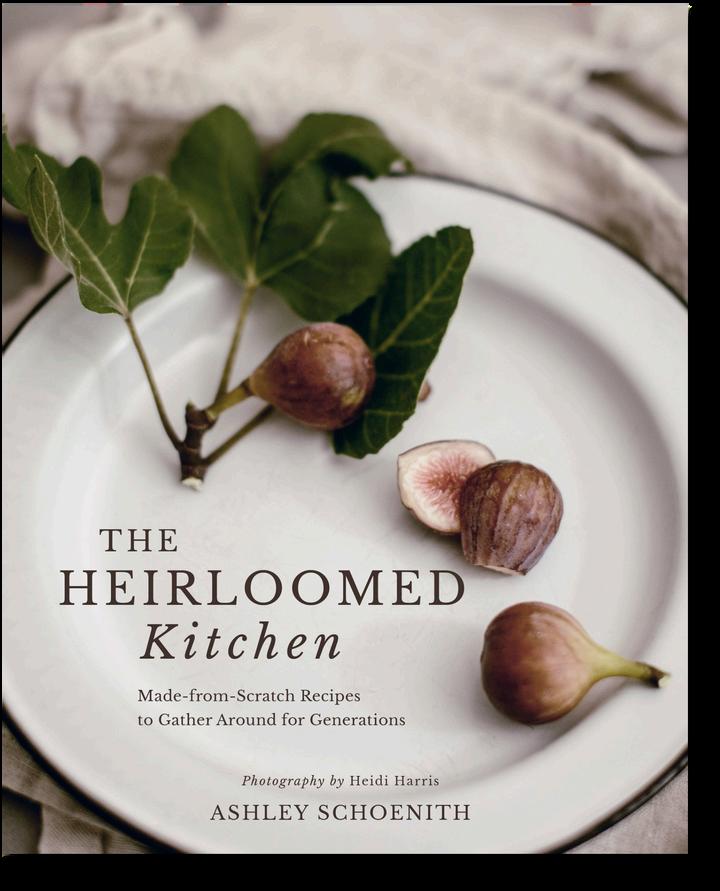
“With basic kitchen skills, it allows you more freedom and ability to be more adventurous with switching things up. ”
Born and raised in Florida and now living in Atlanta, Georgia, Ashley grew up learning the basic skills of the kitchen alongside multiple generations.
“My passion lies in the art of made-from-scratch cooking and baking,” said Ashley whose book takes readers back to her grandmother’s kitchen with enticing aromas and made-from-scratch meals. “My stepmom grew up in Kentucky and taught me a lot about Southern cooking. Growing up in the South, there’s a lot of regionality and seasonality of ingredients that heavily influences many of the recipes, as well as holidays and traditions. I love preserving our heritage and celebrating the long-standing roots we have with the Southern region. Much has changed but much remains the same as I remember it from when I was young. I want that same experience for my own children,” added Ashley, a mother of three. Ashley encourages others to capture beloved family recipes in the person ’ s own handwriting. “Spend time in the kitchen with them making it until you perfect it. If they’re not preserved, archived, and learned for another generation then they’ll be forgotten forever,” she said, emphasizing the importance of sharing meals and making memories together in the kitchen.
“Gathering with family is at the heart of it all. Much like a curated and collected home, I love being able to share a story with my family or my guests when serving a dish that gives the recipe a deeper meaning and importance.”
8
1 (16-ounce) package angel hair pasta
1 pound fresh asparagus, trimmed
3 handfuls sugar snap peas, trimmed
�⁄� cup extra-virgin olive oil
Lemon zest, to taste
Fresh lemon juice
Kosher salt, to taste
Freshly ground black pepper, to taste
�⁄� cup grated or shaved Parmigiano Reggiano cheese

In a large pot of salted boiling water, cook the pasta until al dente, 3 to 5 minutes. Add in the asparagus and sugar snap peas and cook for another 3 minutes, or until tender. Drain and set aside.
Toss the hot noodles in a light drizzle of olive oil and toss with peas and asparagus.
To serve, use tongs to spin pasta into bird’s nest piles, drizzle with a bit more olive oil, add lemon zest and a squeeze of fresh juice, and season with salt and pepper. Finish with a hearty sprinkling of Parmigiano Reggiano on top.
Additional tips:
Top with fresh lemon zest and Parmigiano Reggiano cheese for a bright and simple way to bring out the flavor. Need protein in your meal? Swap your regular pasta for a chickpea variation, or add grilled chicken breast or shrimp to complete the meal.
Recipe and photo from “The
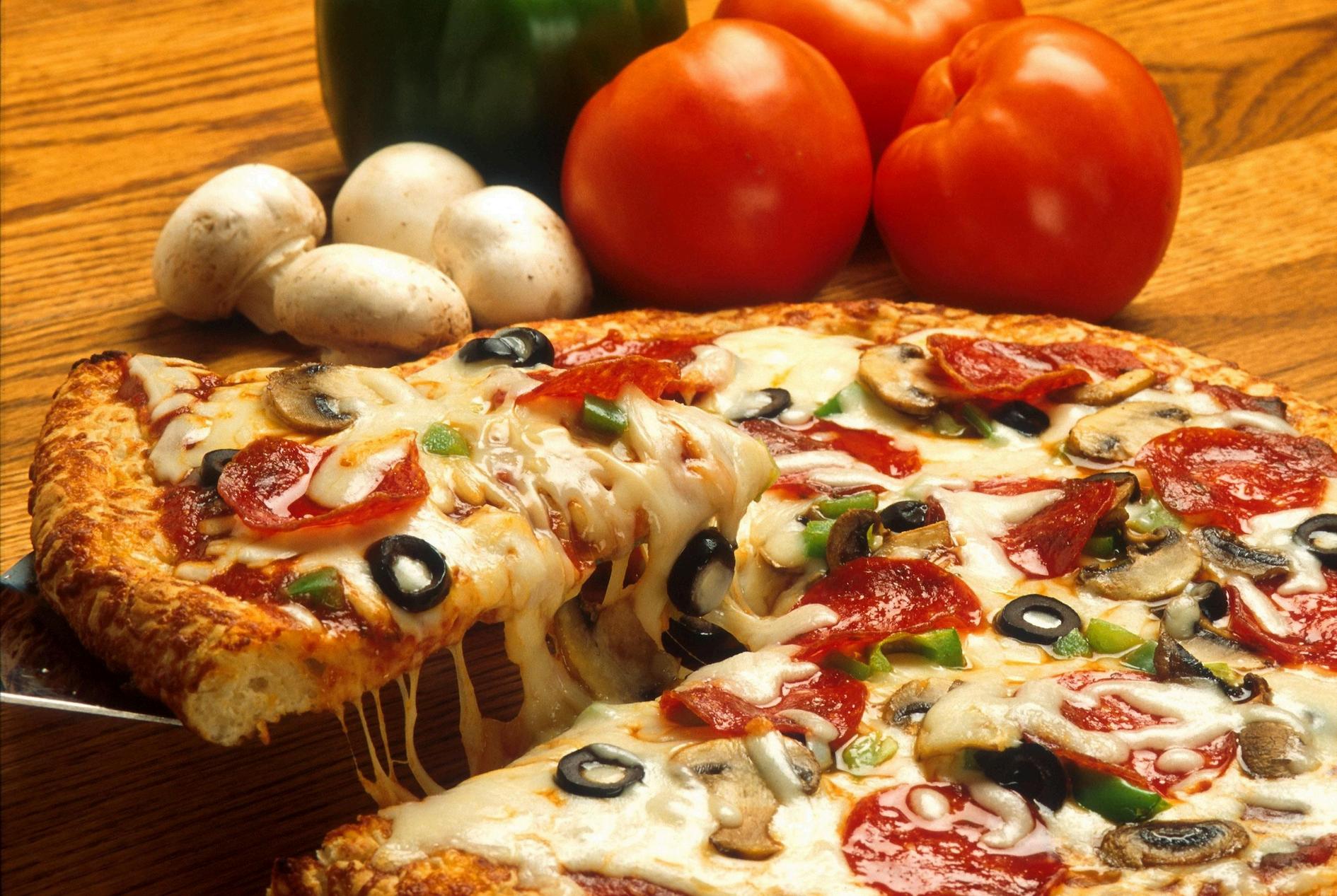
Pizza dough ( enough for 1: 12 inch crust )
1 ½ to 2 cups shredded mozzarella cheese
⅓ cup crumbled feta cheese
⅓ cup thinly sliced green bell peppers
⅓ cup kalamata olives, pitted and halved
½ cup cherry tomatoes, sliced
¼ cup thinly sliced red onions
⅓ cup artichoke hearts, quartered
Dried oregano, to taste
Olive oil
3 tablespoons melted unsalted butter
½ teaspoon garlic powder
½ teaspoon dried oregano
Salt to taste
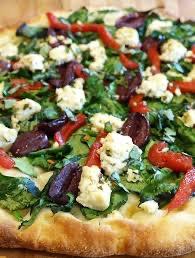


Let your dough sit out on the counter for 1 hour or over night in the refrigerator to double in size
Make sure your oven is preheated at 475 degrees F After you have brushed the dough with olive oil and pricked it with a fork, top with the Greek pizza toppings. Start with the mozzarella cheese, followed by the remaining toppings. You can adjust the topping quantities to your liking. Tip:Make sure it is not too crowded or overfilled with toppings, as this can create moisture and make the pizza soggy.
Make the melted garlic butter by combining the melted butter with the garlic powder, oregano, and salt. Brush the pizza dough borders with the melted garlic butter.
Bake for 15 to 20 minutes, until bubbly and the edges are golden brown.
Slice and serve! If desired, top with more oregano and a few drizzles of olive oil.
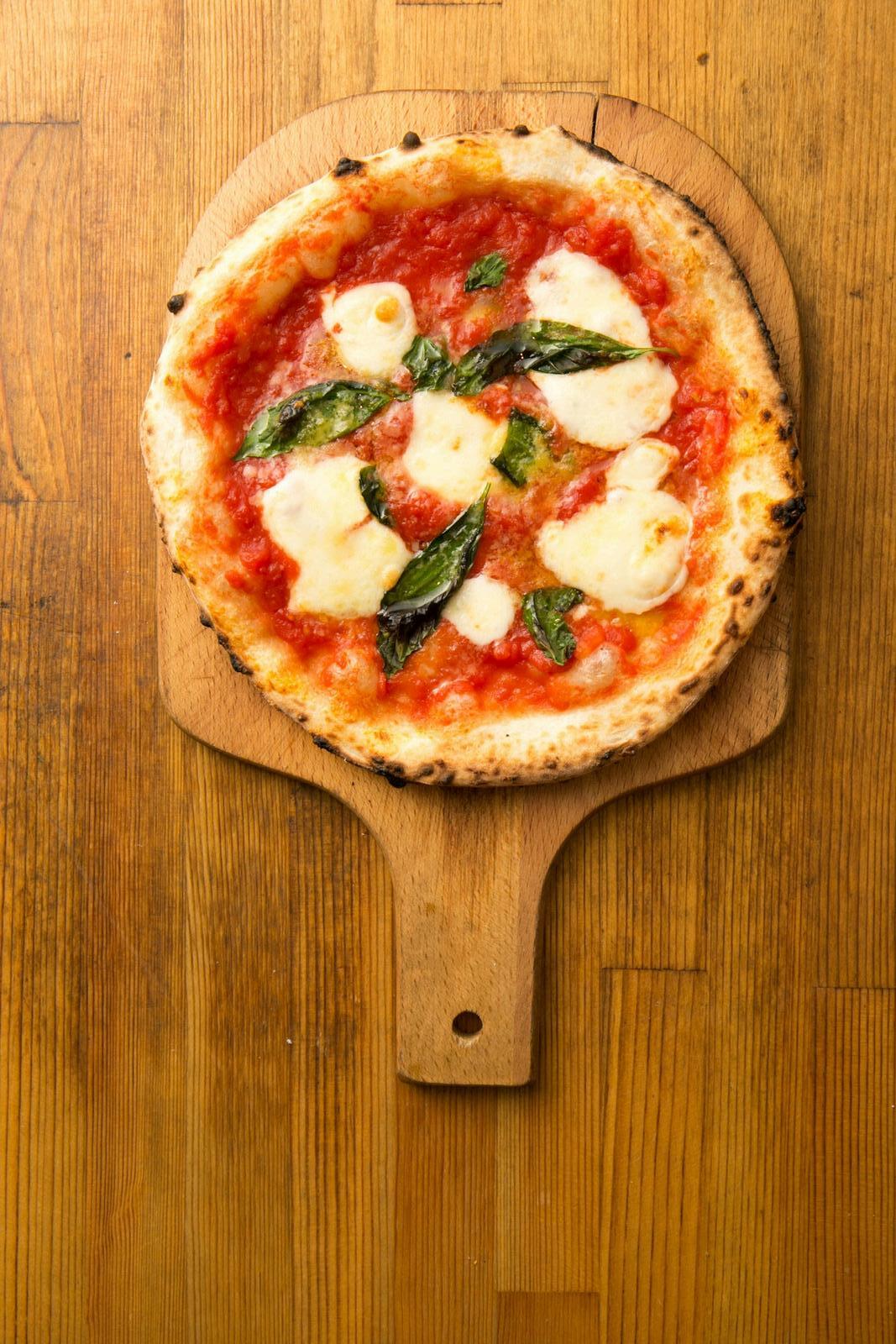
In this edition of 350 , we had the pleasure of speaking with Ron Dumas, Buyer at Whole Foods Market. Full disclosure, Ron and I go back a long way. He loves frozen pizza, I eat it a last resort. He was gracious enough to humor me with this interview.
TS: Who Created Frozen Pizza?
RD: As with so many other convenient foods instant oatmeal, for example, or canned soup it’s easy to take frozen pizza for granted. It might be difficult to believe, the whole industry is possible because of a method known as “flashfreezing,” which was created by Clarence Birdseye in 1924. There’s a debate over who first tried to freeze a pizza for mass consumption. Some say, Joe Bucci, who applied for a patent for a method for freezing dough in 1950 that would make it less soggy, and ideal for frozen pizza. Another claimant to the “frozen pizza originator” title is Chicagoan, Emil De Salvi, who was described in The Chicago Tribune in 1951 as having “perfected a frozen pizza”.

TS: Who Commercialized or introduced the concept to the public?
RD: A second-generation Italian-American from Minneapolis, Minnesota, Rose Totino was earning 37 cents an hour at a local candy store when she met her future husband, a baker named Jim Totino. After the thin crust pizzas she had grown up eating became a hit with her children and locals, she and Jim opened a restaurant known as Totino’s Italian Kitchen in 1951. The story is, pizza was so rare in those days that she baked a pizza for their loan officer because he had never eaten one. In 1962, unable to keep up with the demand for pizzas at their brick-and-mortar location, the Totinos expanded with full gusto into the frozen pizza business, and by the end of the decade, had become the top-selling frozen pizza in the United States.
TS: Aren’t they owned by a major corporation now?
RD: Yes, eventually, Pillsbury came calling, and in 1975, the Totinos sold their business for a whopping 20-million-dollars. She also became the first female corporate vice president at Pillsbury and helped patent the “crisp crust” for Totino’s in 1979. She also introduced the pizza roll to the world. Rose was rewarded as the first woman to be inducted into the Frozen Food Hall of Fame.
TS: Where did it go from there?
RD: After Rose Totino helped to jump-start a national frozen pizza craze, another Minnesota company, Schwan’s, decided to take it a step further by delivering frozen pizzas directly to peoples homes. Originally, a door-to-door ice cream delivery business, Schwan’s jumped onto the frozen pizza bandwagon in 1970. Schwan’s frozen pizza portfolio would eventually expand to include Freschetta and the biggest pizza prize of them all Red Barron Schwan’s also cornered the market on selling frozen pizzas to schools in the 1970s, using the federal subsidies for cheese and tomato sauce which, counted as a vegetable at that time. Even to this day, 70 percent of all school pizzas are from Schwan’s.
TS: Where are we today?
RD: In 1995 DiGiorno changed the image of the frozen pizza forever with the rising crust. Of course, they also benefited from a pretty catchy tagline. “It’s not delivery. It’s DiGiorno.” Heavy hitters like Totino’s, Red Baron and DiGiorno continue to be among the brands most often tossed into a shopping cart, but there’s something for everyone even the frozen pizza skeptic.
There are frozen pizzas with cauliflower crusts, and there are gluten-free pies. There's Atkins-diet-approved frozen pizzas or organic pizzas, we have our brand, even Oprah has her line of frozen pizzas.
There’s some good stuff out there as well as some not so good stuff. Keep looking, you will find one that suits you.
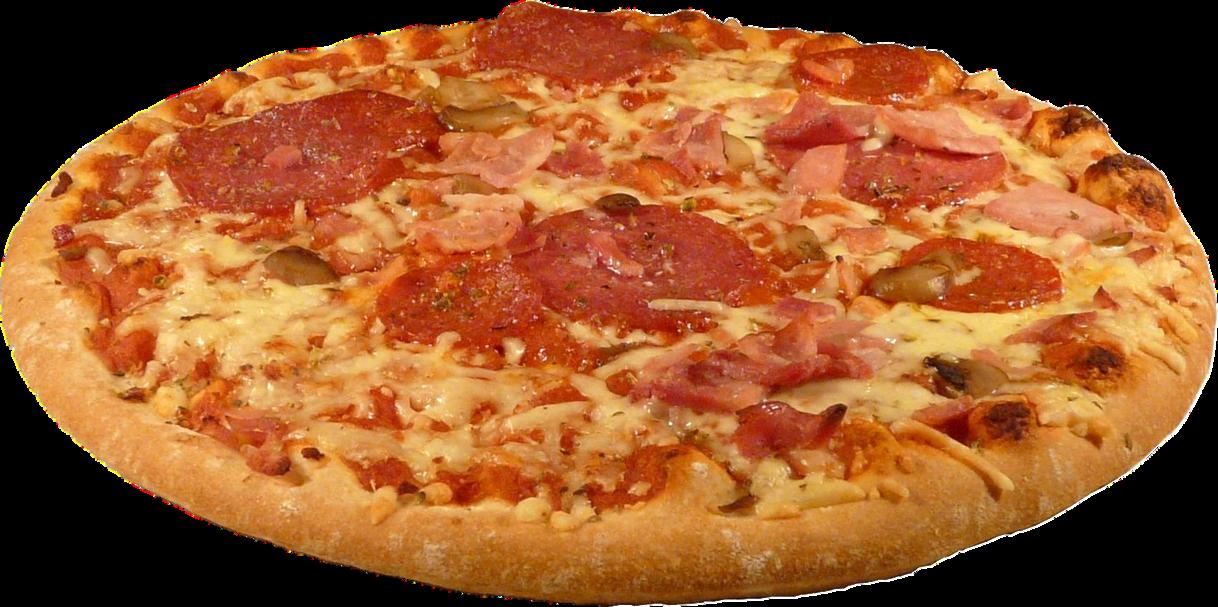

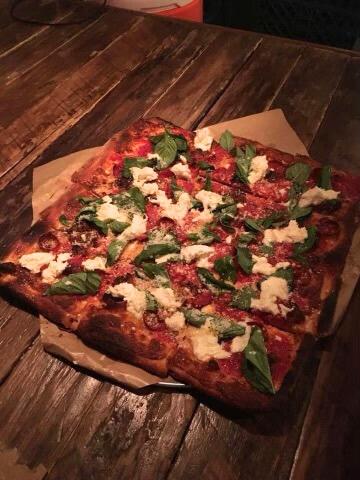


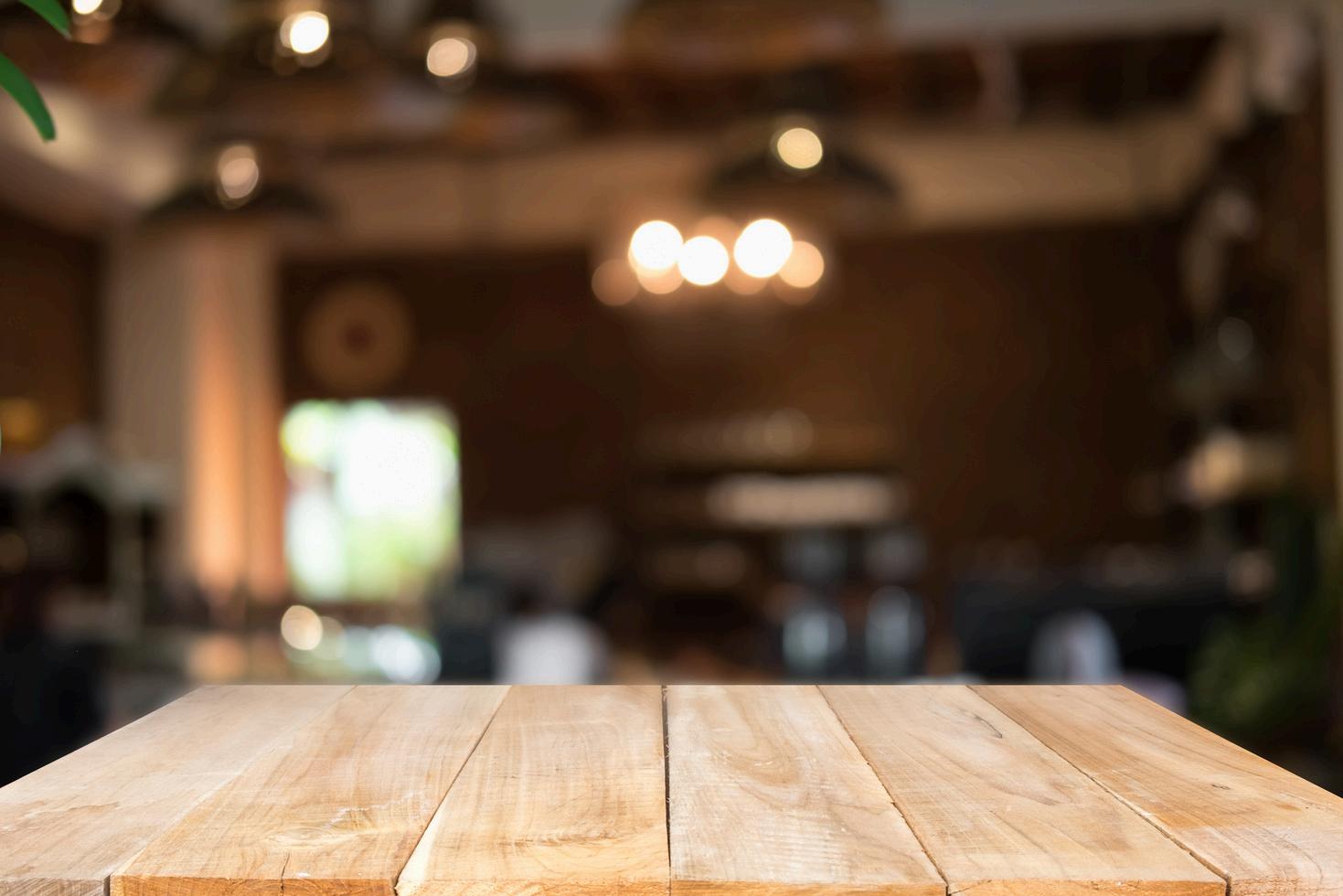





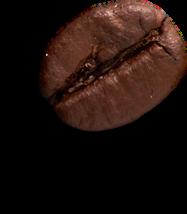
To me, there’s nothing like a steaming shot of espresso after a good meal. The ritual of swiping a piece of lemon peel around the rim of that tiny cup that makes the dining experience complete. But what is Espresso, and what makes it different from your average cup of Joe?
A unique treat that has been enjoyed for hundreds of years, it originated in Italy and was made with unique brewing methods to produce a strong, concentrated cup. Espresso is often used as an ingredient in other drinks like lattes or cappuccinos, but can also be consumed on its own in shot form.

The process of making espresso involves forcing hot water through finely ground coffee beans at high pressure. This creates what many consider the “perfect” cup of coffee one that's rich in flavor and aroma yet low in acidity. Making a good espresso shot requires precise measurements, careful technique, and high-quality beans all of which make espresso distinctive from other brewed coffees.

Beyond being enjoyed solo as shots, espresso can be employed in various recipes like desserts or cocktails, depending on the desired flavor profile it needs to provide. In this article, we'll explore what sets espresso apart from other types of brewed coffees, what qualities make for a great shot, and how it can be utilized beyond just drinking it straight up.
The history of the espresso is a fascinating one that stretches back centuries. It is believed to have originated in Italy during the late 19th century and has since evolved into one of the most beloved coffee drinks in the world.

Espresso began as a way to quickly brew robust coffee without sacrificing its flavor. The Italian inventor Angelo Moriondo patented the first espresso machine in 1884. His design used steam to force water through tightly packed coffee grounds, producing a thick, concentrated beverage. In 1901, Luigi Bezzerra and Desiderio Pavoni developed a version of Moriondo’s machine that was more commercially viable. The “La Pavonina” was the first true espresso machine and it put traditional cappuccino on the map.
By the mid-20th century, espresso had surged in popularity thanks to its convenience and bold flavor. Coffee connoisseurs embraced this robust black brew as an art form, inventing various techniques for pulling shots and frothing milk.
Today, espresso has become a global phenomenon with countless varieties and styles. Whether you take it straight or mix it up in a latte, it’s difficult to deny that espresso is an integral part of the modern coffee culture. All this is thanks to its long history full of bold characters and delicious innovation.
There are several factors in play when it comes to what makes a good espresso shot. First and foremost, high-quality beans are essential for a great cup of coffee. The beans should be freshly ground just before brewing, and the grind size needs to be fine enough to create some resistance when hot water is pushed through. Without the right grind size, your espresso will taste weak and flavourless. You can do that by browsing the fine rosters we have here on the Gulf Coast or coffee, or you can order online and take your pick from the plethora of options available. I suggest a French Roast blend that provides hints of cocoa with every sip that is just as bitter and intense as it is rich and flavorful.

The technique of pulling the shot is just as important as the beans. This process can help highlight distinct notes in a cup of espresso if done correctly. Your barista must be precise with their measurements and timing — a good espresso should take between 25–30 seconds to finish brewing.


Finally, the flavoring and texture of an espresso shot rely heavily on what type of milk is used whole, skimmed, or almond milk all make unique differences in the taste. The steaming process should be done just right as well not too long and not too short. If all these elements are balanced, a full-flavoured shot of espresso with the perfect coffee crema (the delicate foam that sits on top) is the prized result.
From its humble beginnings in 19th-century Italy to its global domination today, it’s clear that espresso has become more than just another type of coffee. It has a unique flavor profile, a rich history, and an intricate process for brewing all of which make it stand out from the rest. And as always, when crafting the perfect shot of espresso, remember to choose quality beans, use the right grind size, time your pull accurately, and steam your milk with care. Doing so will help you achieve a flavorful cup every time to give you the perfect post meal experience.
